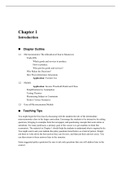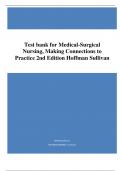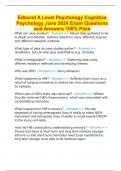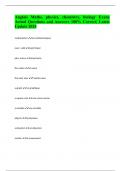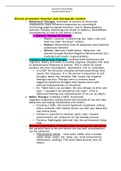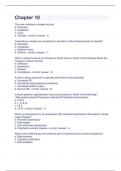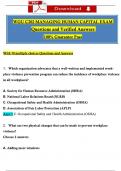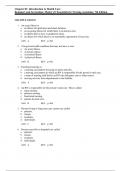Tentamen (uitwerkingen)
Microeconomics Theory and Applications with Calculus, Perloff - Downloadable Solutions Manual (Revised)
- Vak
- Instelling
- Boek
Description: Solutions Manual for Microeconomics Theory and Applications with Calculus, Perloff, 5e is all you need if you are in need for a manual that solves all the exercises and problems within your textbook. Answers have been verified by highly experienced instructors who teaches courses a...
[Meer zien]
